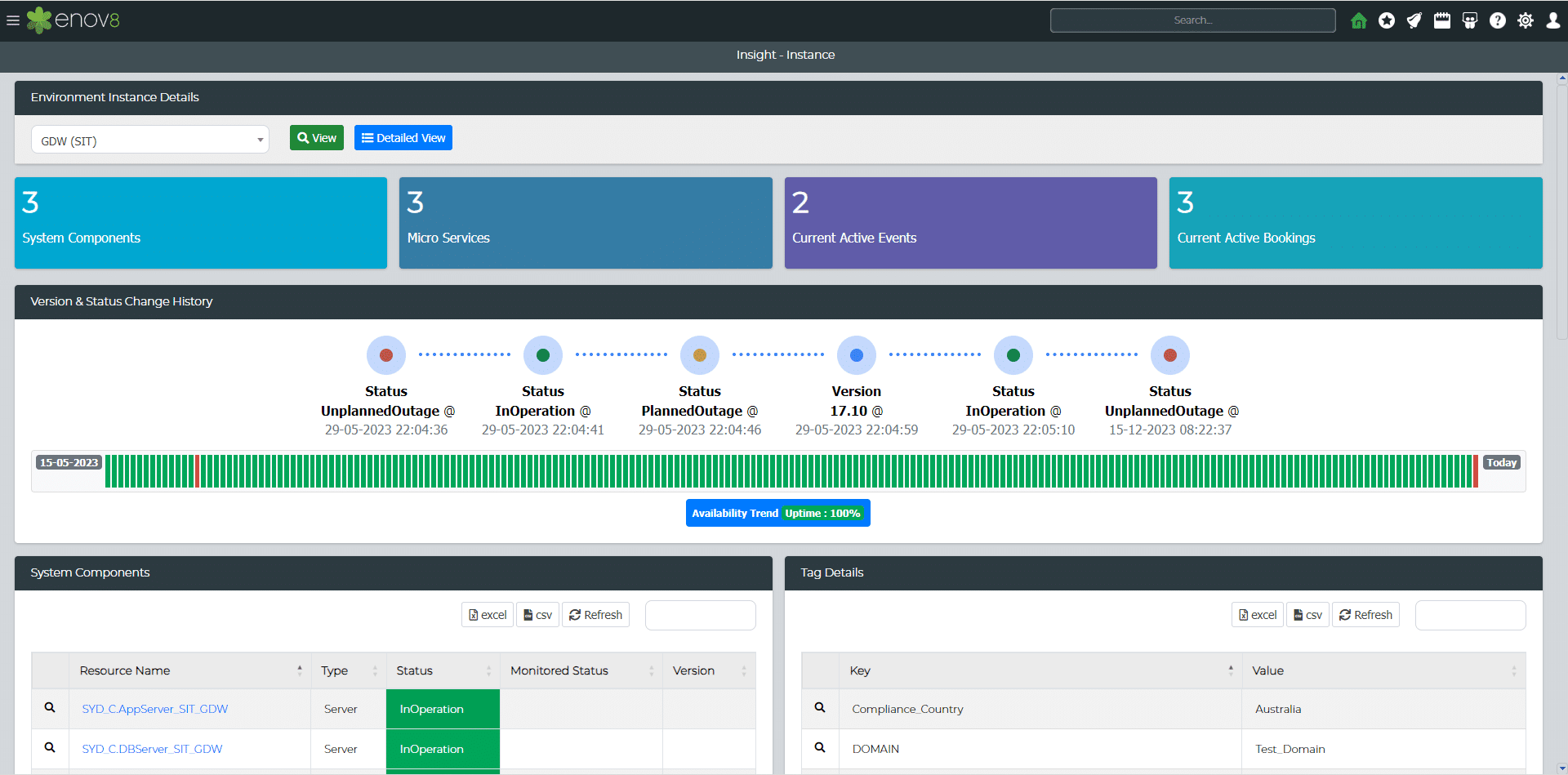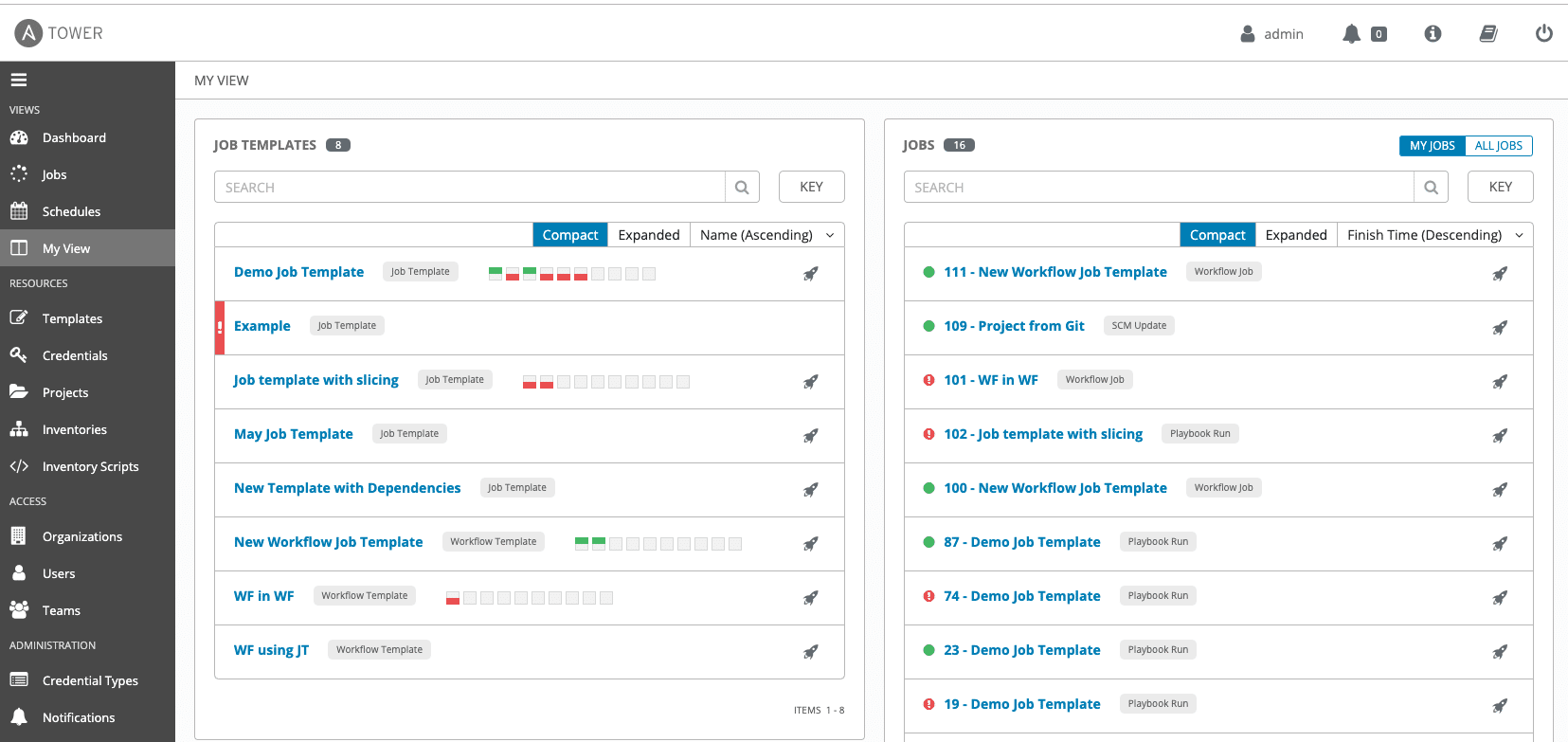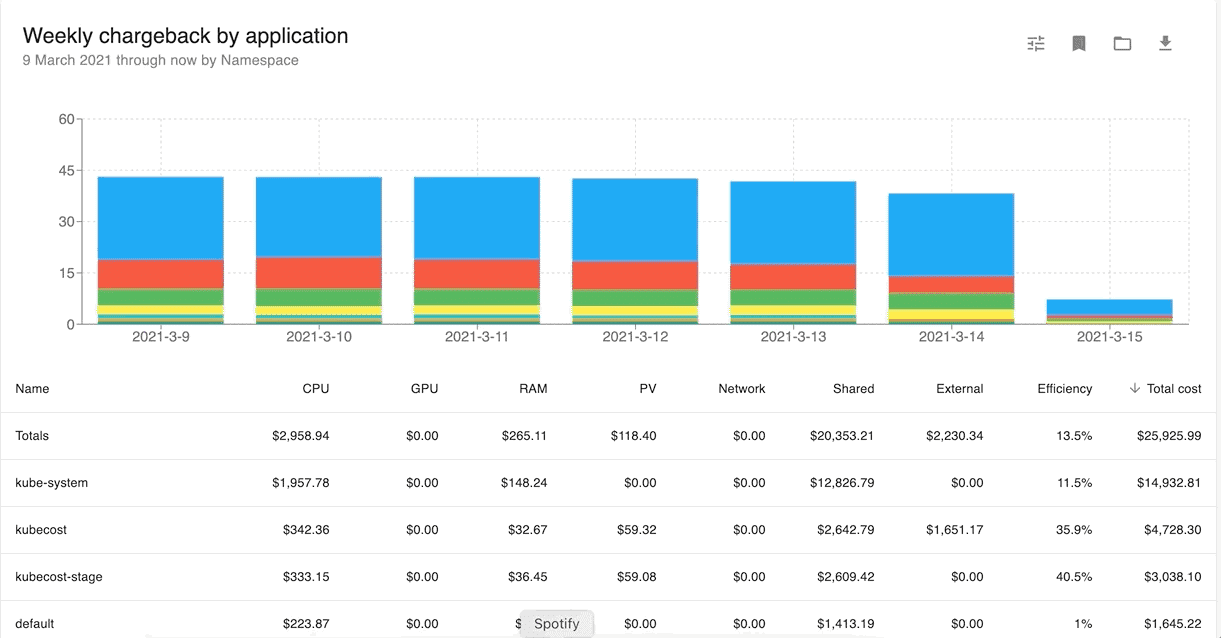
Transforming Cloud & SDLC Operations – Using Enov8, Ansible & OpenCost
December, 2023
by Jane Temov.
Jane Temov is an IT Environments Evangelist at Enov8, specializing in IT and Test Environment Management, Test Data Management, Data Security, Disaster Recovery, Release Management, Service Resilience, Configuration Management, DevOps, and Infrastructure/Cloud Migration. Jane is passionate about helping organizations optimize their IT environments for maximum efficiency.
As cloud operations grow more complex, businesses increasingly need efficient, agile, and cost-effective management solutions. Traditional practices often fall short, prompting a shift towards more integrated approaches.
This is where the combined strengths of Enov8, Ansible, and OpenCost come into play. Together, they offer a holistic solution for revolutionizing cloud operations. Enov8 focuses on optimizing IT and test environments, aligning cloud infrastructure with the demands of the Software Development Life Cycle (SDLC). Ansible complements this by automating operations across diverse environments, enhancing consistency and scalability. OpenCost adds to this synergy by offering real-time cost management, enabling businesses to monitor and optimize cloud spending effectively.
This trio’s integration marks a significant evolution in cloud operations management, effectively marrying SDLC processes with cloud objectives to achieve enhanced efficiency, cost-effectiveness, and operational excellence. This article delves into each tool’s capabilities and their combined impact, highlighting the potential for redefining cloud operations and setting new standards in efficiency and cost management.
Relevant Articles
DORA Compliance – Why Data Resilience is the New Digital Battlefield
How Enov8 Helps Financial Institutions Align with the EU's Digital Operational Resilience Act Executive Introduction As of January 2025, the EU's Digital Operational Resilience Act (DORA) has become legally binding for financial institutions operating across the...
Data Fabric vs Data Mesh: Understanding the Differences
When evaluating modern data architecture strategies, two terms often come up: data fabric and data mesh. Both promise to help enterprises manage complex data environments more effectively, but they approach the problem in fundamentally different ways. So what’s...
What Is Release Management in ITIL? Guide and Best Practices
Managing enterprise software production at scale is no easy task. This is especially true in today’s complex and distributed environment where teams are spread out across multiple geographical areas. To maintain control over so many moving parts, IT leaders need to...
Test Environment: What It Is and Why You Need It
Software development is a complex process that requires meticulous attention to detail to ensure that the final product is reliable and of high quality. One of the most critical aspects of this process is testing, and having a dedicated test environment is essential...
PreProd Environment Done Right: The Definitive Guide
Before you deploy your code to production, it has to undergo several steps. We often refer to these steps as preproduction. Although you might expect these additional steps to slow down your development process, they help speed up the time to production. When you set...
What is Data Tokenization? Important Concepts Explained
In today’s digital age, data security and privacy are crucial concerns for individuals and organizations alike. With the ever-increasing amount of sensitive information being collected and stored, it’s more important than ever to protect this data from...














